Earliest fossil evidence of Homo sapiens found in Morocco, rewriting the story of our species
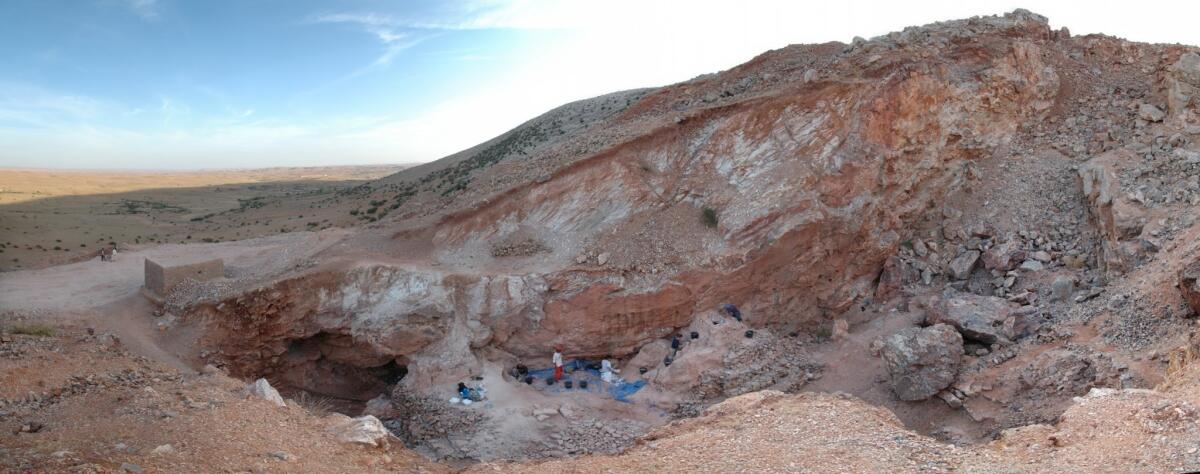
Anthropologists have long sought to pin down the exact location of the proverbial “Garden of Eden” — the region of our planet where the earliest Homo sapiens emerged.
Over the last two decades, a combination of genetic evidence and data from the fossil record have led scientists to conclude that the first members of our species evolved in eastern Africa about 200,000 years ago.
But a new discovery suggests a more complex narrative for the origin of humans.
In a pair of papers published Wednesday in Nature, an international team of researchers describes 22 human fossils from western Morocco that are about 300,000 years old.
According to the authors, it is the earliest evidence of Homo sapiens ever discovered — by a long shot.
The unexpected location of the find, coupled with previous discoveries of early human remains dating back 260,000 years in South Africa and 195,000 years in Ethiopia, casts doubt on the story that the first members of our species evolved in a single region of the African continent, study authors said.
“Our results challenge this picture in a number of ways,” said paleoanthropologist Jean-Jacques Hublin of the Max Planck Institute for Evolutionary Anthropology in Germany, who led the work. “There is no Garden of Eden in Africa, or if there is a Garden of Eden, it’s Africa. The Garden of Eden is the size of Africa.”
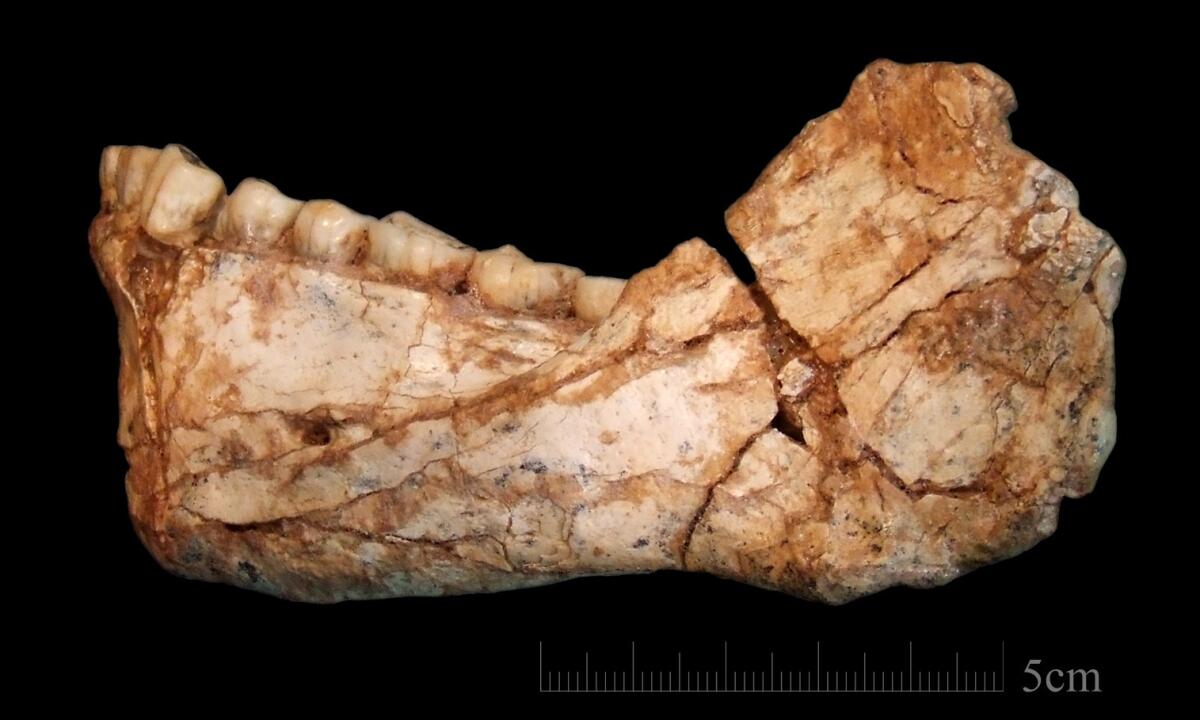
Not all of the fossils cataloged in the papers are new discoveries. Six of the 22 specimens were first unearthed in the 1960s as the result of barite mining operations at Jebel Irhoud, the archaeological site that is located between Marrakesh and Morocco’s Atlantic coast.
At the time of the initial discovery, scientists concluded that the fossils were about 40,000 years old. However, that date didn’t seem right to many researchers.
“The previous age estimate on the Jebel Irhoud hominin never made sense,” said Curtis Marean, an archaeologist at the Institute of Human Origins at
The shape of the fossilized bones looked too primitive for their supposed relatively young age, Marean said. In addition, the plant and animal evidence found in the same location as the bones didn’t match the environmental conditions that would have been present in the area 40,000 years ago.
There is no Garden of Eden in Africa, or if there is a Garden of Eden, it’s Africa. The Garden of Eden is the size of Africa.
— Paleoanthropologist Jean-Jacques Hublin of the Max Planck Institute for Evolutionary Anthropology
Hublin and his colleagues also felt that the fossils had been inaccurately dated and wanted to do something about it. They visited Jebel Irhoud several times throughout the 1980s and ’90s, and officially resumed excavations there in 2004.
The researchers believe that the site was once a cave that probably provided shelter to small bands of early humans who came to the area to hunt gazelles and zebra. Their flint tools, sharpened into pointed forms that were probably spearheads, appear to be made from material collected at least 15 miles away.
“This suggests they visited high-quality locations to collect flint and then carried it around to places like Jebel Irhoud where they could stop and retool their weaponry,” said Shannon McPherron, an archaeologist at the Max Planck Institute for Evolutionary Anthropology who worked on the study.
Over the course of its work, the team discovered 16 additional hominin bones, as well as stone artifacts consistent with the dawn of the Middle Stone Age. They also found gazelle and zebra bones that suggested the animals were deliberately butchered and cooked over a fire.
------------
FOR THE RECORD
June 7, 2:20 p.m.: An earlier version of this article stated that over the course of its work, the team discovered 18 additional hominin bones, as well as stone artifacts consistent with the dawn of the Middle Stone Age. The team discovered 16 additional hominin bones.
------------
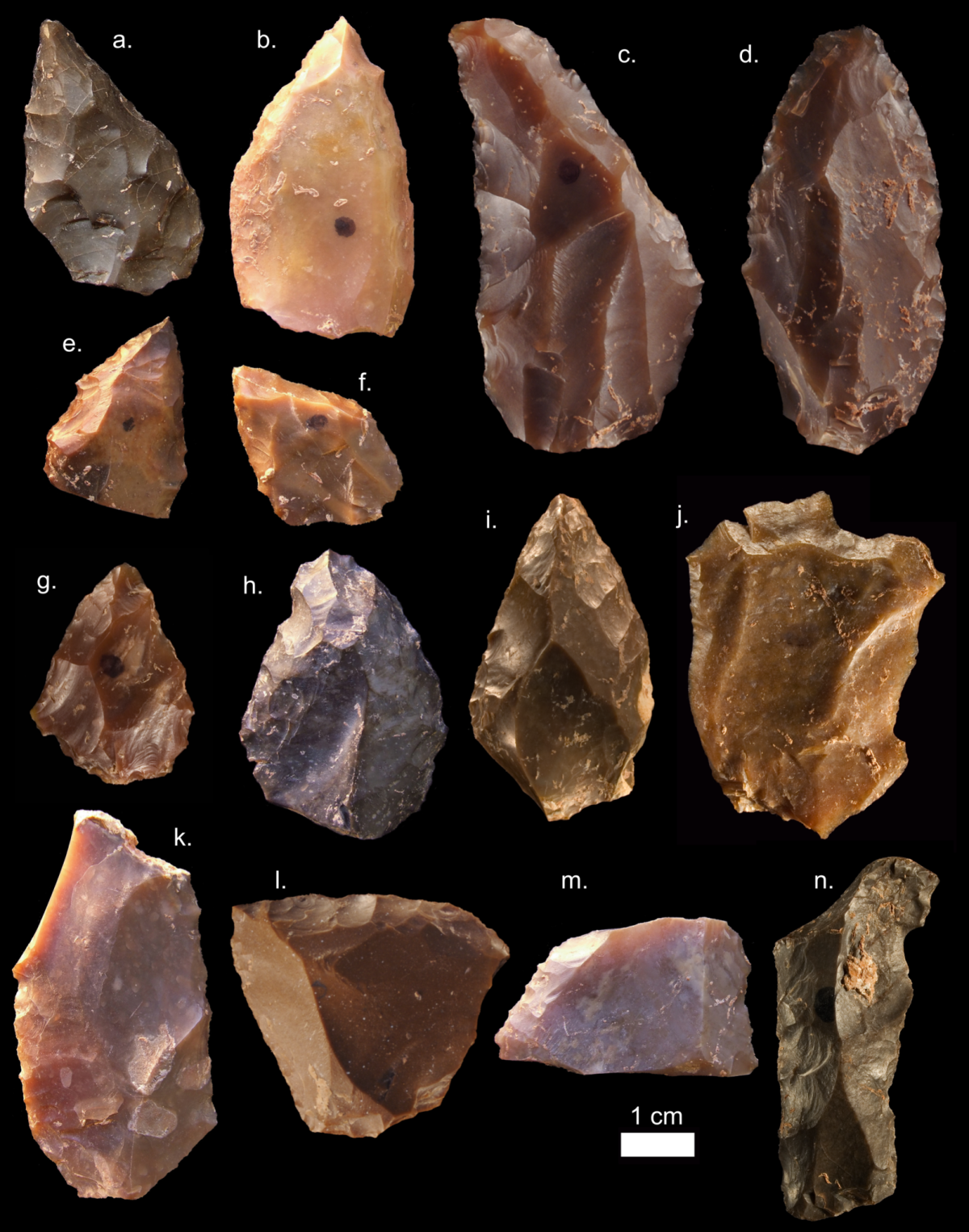
The researchers’ biggest stroke of luck came when they found several burned pieces of flint artifacts buried alongside the fossils. The team was able to date the burned flint using a process called thermoluminescence. This allowed them to determine that the fossils were about 300,000 years old, making them the oldest Homo sapien remains ever found.
“That was a big ‘Wow!’” Hublin said. “The new dates convinced us that this material represented the very root of our species.”
Among the newly discovered fossils were an adult skull comprising a distorted braincase and fragments of a face, and a nearly complete adult lower jawbone. There was also one maxilla (which comprises the upper jawbone and the sinus cavity), as well as several teeth and other bits of skeleton.
Further analysis revealed that the 22 specimens came from a total of five individuals — three fairly young adults, one teenager and a child between 7 1/2 and 8 years old.
To be clear, these 300,000-year-old Homo sapiens were not our anatomical twins. Far from it.
The authors write that these early humans had a strange mix of characteristics — some that would be very familiar to us, while others are extremely primitive. For example, their faces were similar enough to the faces of modern humans that if you saw these individuals walking down the street, you would probably not take notice, Hublin said. However, the shape of their braincase suggests they had a large but much more primitive brain than we have today.
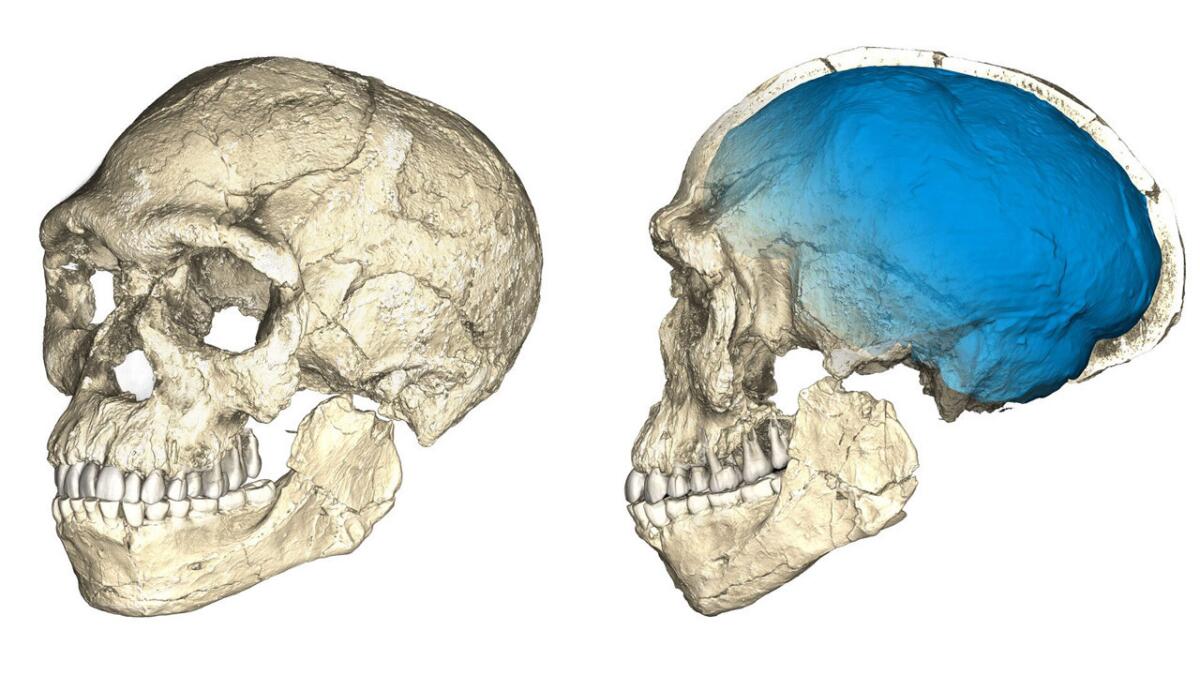
This implies that different parts of the human anatomy evolved at different rates, the researchers said.
“Some things were fixed early in a modern way and others took a lot longer to reach the modern condition,” Hublin said. “In short, the story of our evolution over the past 300,000 years is mostly the evolution of our brains.”
The story of our evolution over the past 300,000 years is mostly the evolution of our brains.
— Study leader Jean-Jacques Hublin of the Max Planck Institute for Evolutionary Anthropology
Some experts have questioned whether a primitive human with a brain so distinct from our own can still be considered part of the same species. But Richard Potts, director of the Human Origins Program at the Smithsonian’s National Museum of Natural History in Washington, said the team’s contention that it found early Homo sapiens holds water.
“Given the fragmented preservation of the finds, the authors do a good job of analysis,” said Potts, who was not involved with the new work.
He added that although both braincases discovered at the site fall outside the range of those of modern humans, so do several other fossils from Africa and Europe that are clearly Homo sapiens.
“So that’s OK,” he said.
Marean was less certain. “I think we need more data points before whether we can say it is Homo sapiens or not,” he said.
Unfortunately, those data points will probably be hard to come by. Sites this old are extremely rare in Africa, and because of the warm climate, DNA is hardly ever preserved on fossilized specimens.
In the meantime, Hublin and his team said their findings offer a new tale of how, when and where our species emerged.
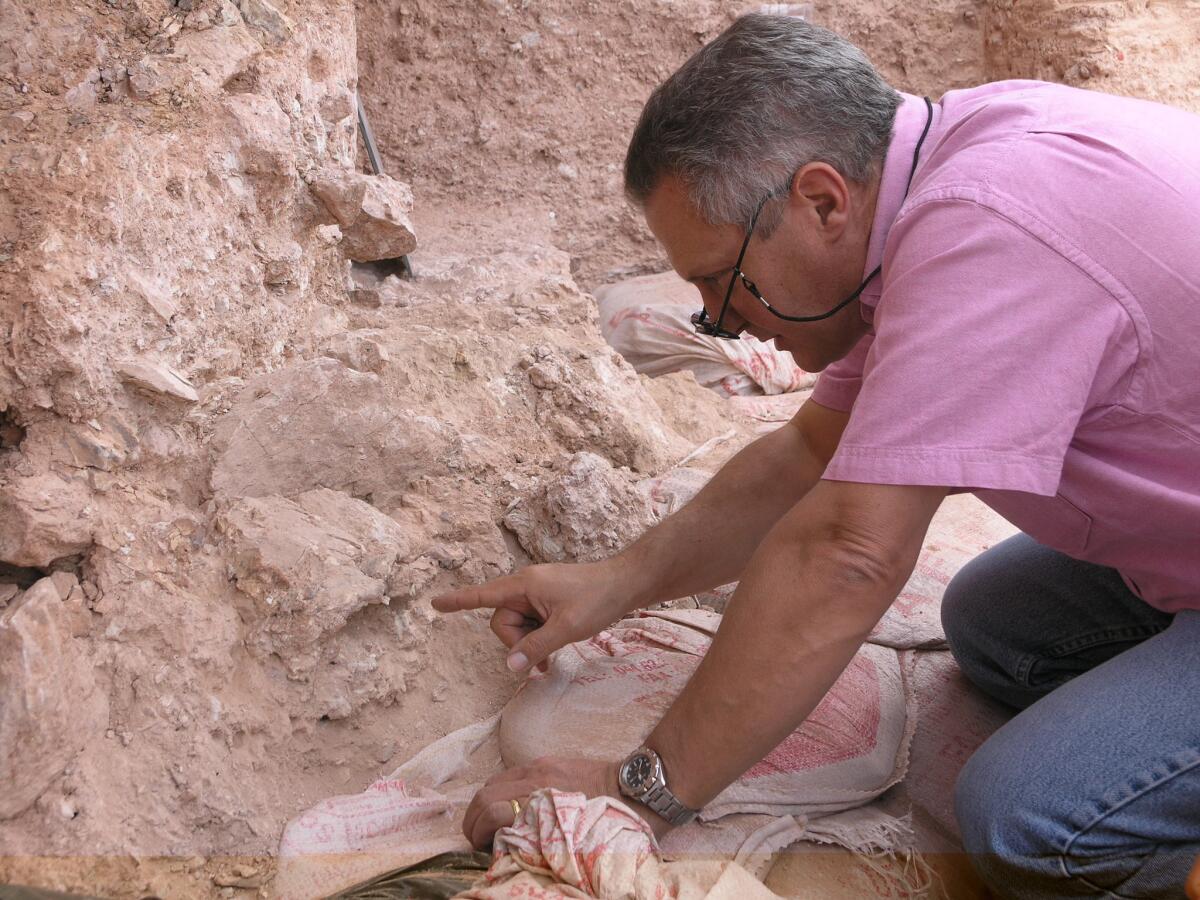
“We support the notion that around 300,000 years ago, very early forms of Homo sapiens were already dispersed all over the continent,” he said.
According to this new version of the origin of our species, early humans evolved in relative isolation in different parts of Africa, with occasional periods of connection between different populations that were made possible by environmental conditions much different than those we see today.
For example, between 330,000 and 300,000 years ago, summer monsoon rains fell farther north than usual, causing the Sahara to turn green. That made this large, usually inhospitable landscape a welcoming region of large lakes and grasslands, Hublin said.
Perhaps different groups of early Homo sapiens encountered one another while hunting game, and exchanged technological innovations — as well as DNA.
“Any favorable mutation would spread from one population to another boosted by positive selection,” Hublin said.
Potts said it could be possible.
“This view promoted by Hublin is by no means a slam dunk, but it is feasible,” he said. “It will doubtless be tested over and over by further African fossil discoveries in this important time period.”
Do you love science? I do! Follow me @DeborahNetburn and "like" Los Angeles Times Science & Health on Facebook.
MORE IN SCIENCE
An ancient lake on Mars could have supported a variety of microbial life
After LIGO detects a third black hole collision, gravitational wave astronomy is here to stay




